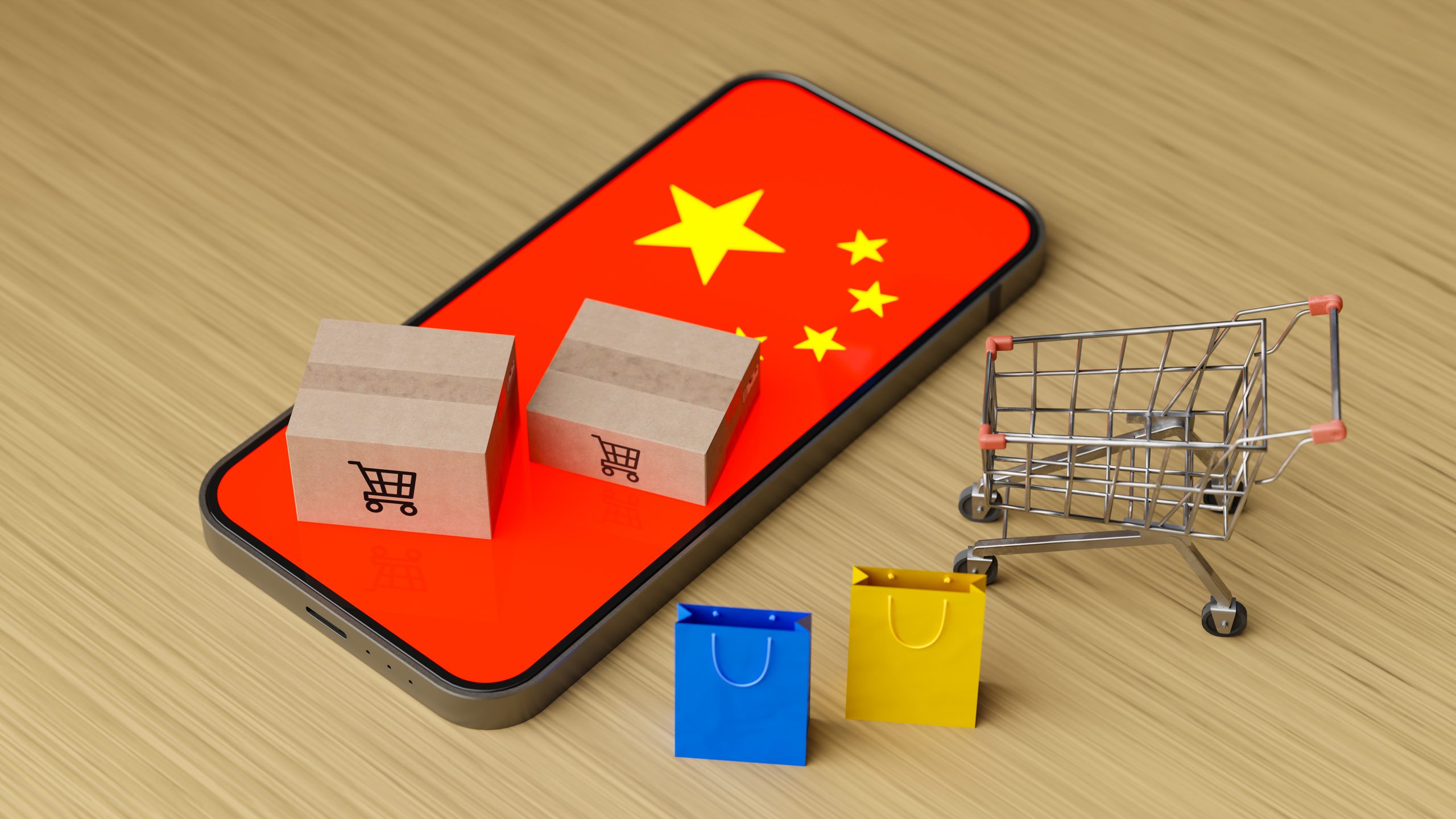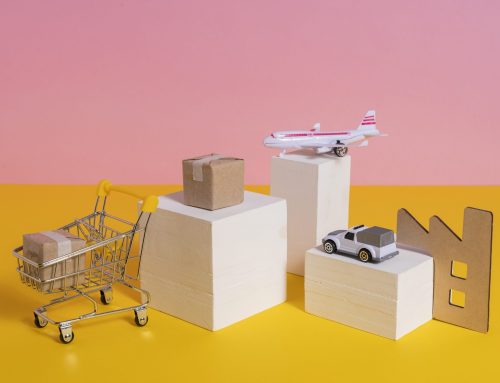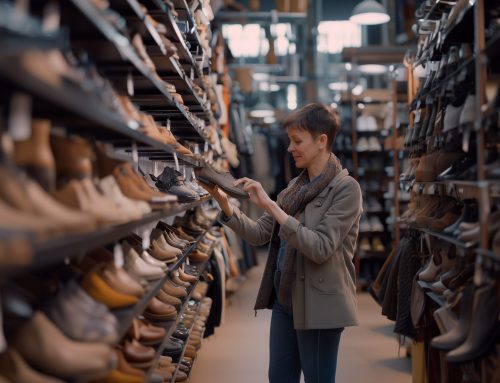In April 2025, the U.S. government introduced a sweeping 104% tariff on a range of goods imported from China. This policy marks a significant shift for importers. This blog explains what the tariff means, how it affects your business, and what you can do about it.
Let’s break it down in this article.
What Is a 104% Tariff?
A tariff is a tax you pay when you bring products into the country. This new tariff is 104%. That means if your goods cost $10,000, you’ll now pay an extra $10,400 in taxes. That’s more than the product’s original cost—a major financial burden for importers.
This tariff targets products made in China, including electronics and car parts. The goal is to protect U.S. industries and reduce reliance on Chinese manufacturing.
Why Did This Happen?
This tariff is part of a larger trade strategy. U.S. leaders believe China has created unfair market conditions and want to support local factories and jobs. This 104% tariff aims to make Chinese goods less attractive in the American market.
But that comes with a cost, especially for businesses like yours.
How This Tariff Affects Importers
If you import from China, everything changes. Here’s how your business may feel the impact:
Higher Costs
You’ll pay more at the border. This increase can hurt your profit margins or force you to raise prices.
Supply Chain Disruptions
You may need to switch suppliers. That takes time, effort, and money.
Reduced Competitiveness
Businesses sourcing from tariff-free regions may offer lower prices, gaining an advantage over companies importing from China.
More Paperwork
High tariffs often bring stricter documentation rules. Customs officials will closely examine your shipments, product origin, and classification.
What Products Does the Tariff Affect?
The full list includes many goods. Here are some major categories:
- Electric vehicles and parts
- Consumer electronics
- Solar equipment
- Machinery and components
- Batteries and energy-related goods
You must review your import plan if your products fall into these categories.
Are There Any Exemptions?
Yes, but they’re limited. Some companies have requested exclusions or waivers, especially for goods not made in the U.S. However, the exclusion process is often lengthy and uncertain, with no assurance of approval.
How to Stay Compliant and Avoid Penalties
With higher duties come stricter inspections. Customs will pay more attention to how you classify your goods and what country they’re coming from. Mistakes in documentation can result in:
- Penalties or fines
- Delays in shipment release
- Additional audits
To stay compliant:
- Ensure all import documentation is precise, current, and matches shipment details.
- Double-check HS codes
- Ensure supplier invoices are correct
- Keep records of product origin
What Can You Do About It?
You’re not stuck. Here are the steps you can take to adapt and stay ahead:
Recheck Your Tariff Classification
Make sure you’re using the correct HTS code. A small error in classification can cost you thousands in extra duties.
Review Country of Origin
If your product is only assembled in China but uses parts from other countries, you might reduce the duty with a proper origin review.
Consider Alternative Suppliers
Now is a good time to explore manufacturers in countries like Mexico, Vietnam, or India.
Work With a Customs Broker
Let’s be honest—tariff codes, country-of-origin rules, and customs forms can be overwhelming. Clearit USA helps importers like you file correctly, stay compliant, and avoid surprises.
How Clearit USA Helps You
When you work with Clearit USA, you get expert support for every shipment:
Accurate Classification
We assign the correct HTS codes and review for duty reduction opportunities.
Duty Management
We help you explore legal ways to lower or defer duties.
Real-Time Support
Our team responds quickly and keeps your shipments moving.
Full Transparency
We explain every step in plain English.
We guide you through the process, whether this is your first import or your thousandth.
Will This Tariff Stay?
This tariff may not last forever. Future policy changes could lower or remove it. But for now, it’s here—and it’s real. If you import from China, you need to act now.
Staying informed is smart. Having a customs expert by your side is even smarter.
Conclusion
The 104% tariff on Chinese goods is a major shift. It raises your costs, slows your supply chain, and changes how you do business. But you don’t have to figure it out alone.
You don’t have to navigate these changes alone. If you’re uncertain how this tariff impacts your products, contact Clearit USA for expert guidance and stress-free compliance.






